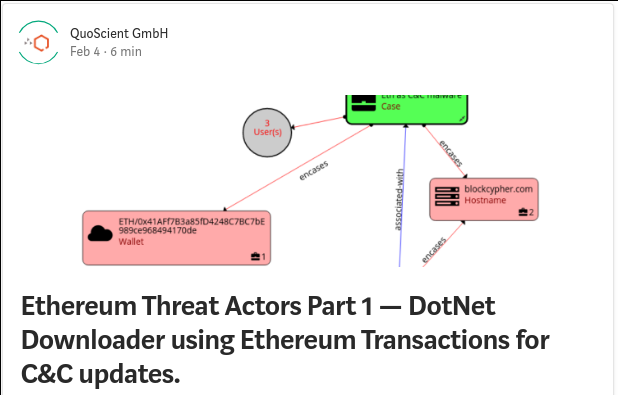
2019/10/22 @ Hack.lu 2019
In this workshop, I will first introduce WebAssembly concepts and why it’s consider as a “game changer for the web”. Secondly, I will expose how to analyze a WebAssembly module using different techniques (static & dynamic) as well as some open-source tools that make you the life easier (Octopus, Wasabi, …). Finally, we will hands-on with simple examples/crackmes and finally go throws the analysis of cryptominers.
The following point will be discussed in this workshop.
- Introduction
- WebAssembly Basics
- WebAssembly Runtime VM
- Module dissection
- Reversing wasm module
- Dynamic analysis
- Cryptominers
- Conclusion
link / slides / repository









